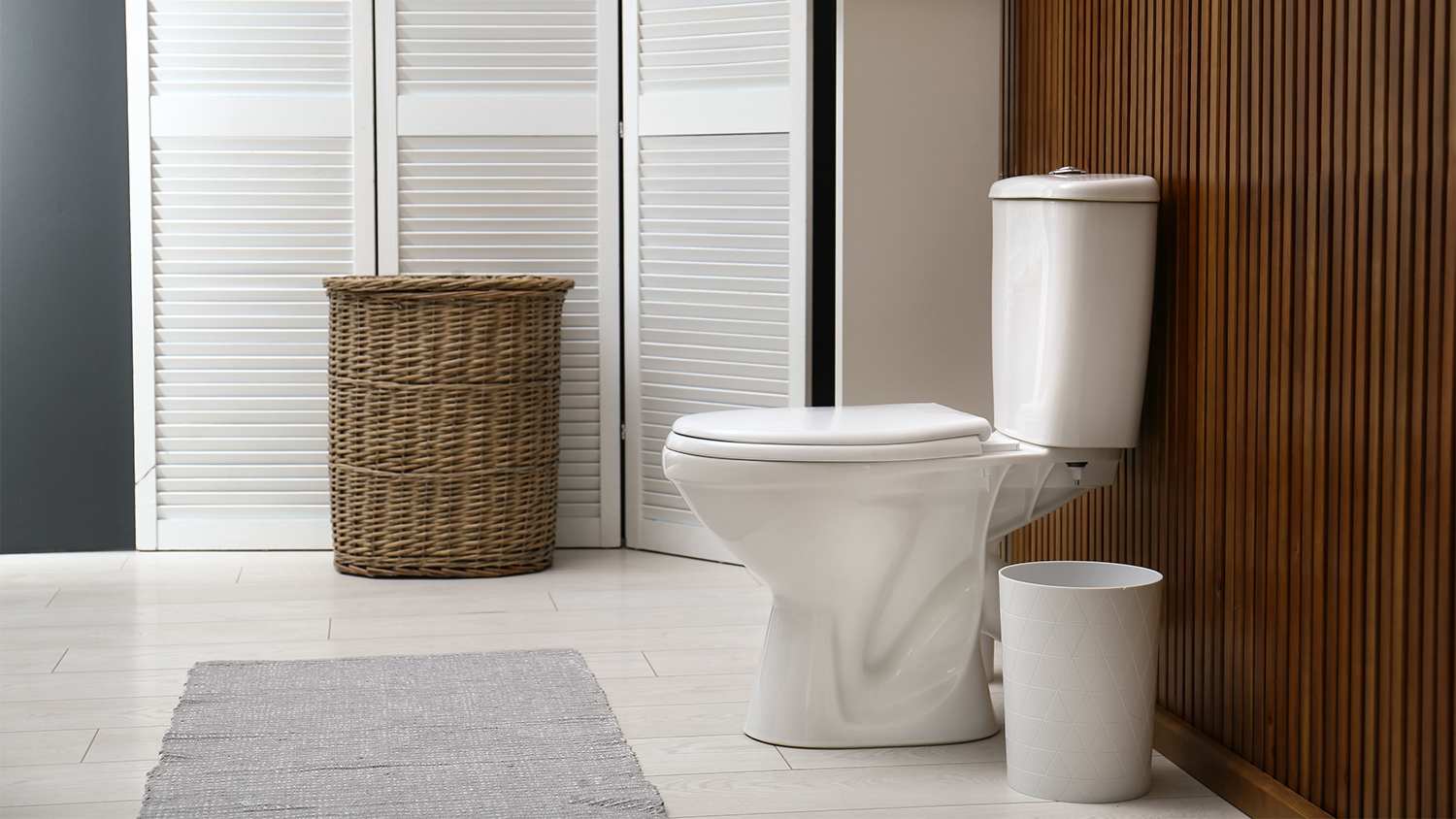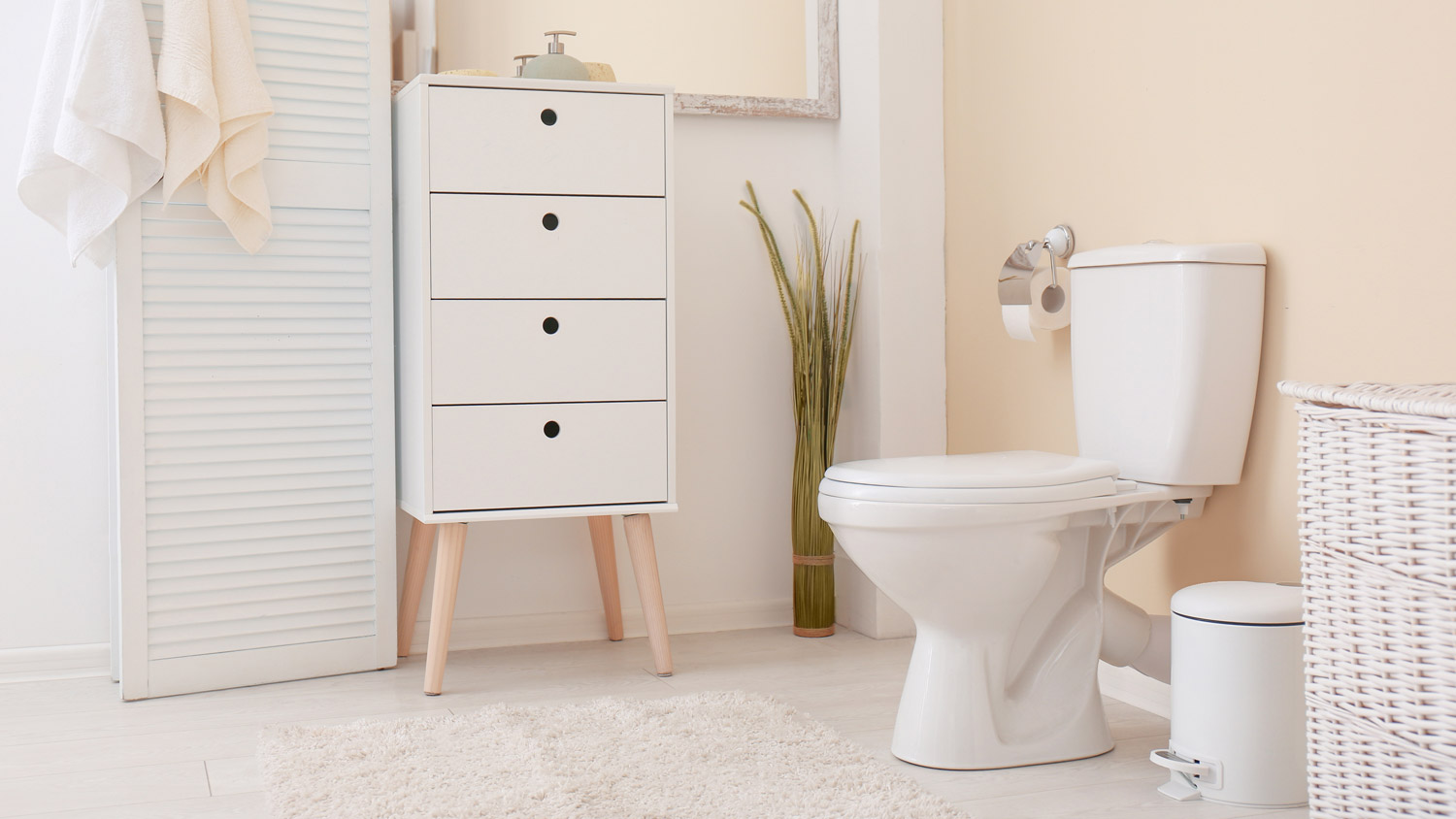
The average cost to connect to a public sewer line in Columbus, OH, depends on the linear footage, piping material, local regulations, and more.
Trust us, you don't want to ignore these


A sewer line carries wastewater from your home to a municipal facility or a septic system.
Clogs in the line can cause sewage and sewer gasses to backup in your drains.
A clogged line can also leak and flood your yard.
Algal blooms and high nitrate levels in your well or nearby water may signal a leak.
Untreated wastewater can be toxic, so call a pro if you suspect a clog or leak.
Homeowners usually know they’ll have to juggle maintenance issues when they purchase a property, but a lot of people don’t think about the plumbing system. Learn eight signs your sewer line is clogged—and what you can do about it.
Recognizing early warning signs is important, but figuring out the right fix isn't always simple. Delaying professional help or attempting complex DIY repairs can lead to further damage and increased costs. With our network of local pros, you can hire a skilled professional to assess the issue and recommend the best solution.
The sewer system in your home consists of one main sewer line with several branches of pipes extending to tubs, toilets, sinks, and other water sources throughout your home. Your main sewer line is responsible for transporting all waste from your home to the main sewer system, where it’s then moved to the water treatment plant.
.png?impolicy=infographic)
Since the main sewer line affects all plumbing systems in your home, a clog could present an expensive (and potentially messy) problem if it’s not taken care of quickly. Some signs that your main sewer line is clogged include:
One of the first signs there’s a problem with the main sewage line is water backing up in the sink or toilet. You may hear a gurgling sound and see water coming back up from a drain. If the backup is an isolated incident, it should only affect the plumbing in one area of the home.
For example, a clogged toilet won’t back up into the kitchen sink. If you flush the toilet and see water coming up from a basement drain, the problem is likely with the main line.
Keep an eye on the drains when washing dishes, showering, or washing your hands. It’s not uncommon for hair to clog the shower drain and slow the water flow. However, if you experience a slow drain in multiple areas of the home, you likely have a clog in the main line. You may want to check your main line if slow drains are a theme in your home.
You may notice a foul odor coming from your sink, tub, or drains in the basement if you have a clogged sewer line. If you smell sewage, you likely have a clogged pipe. Keep an eye out for sewage being pushed back up through drains in the sink or on the floor.
Water collecting in your yard could be a sign that your main line is clogged. Since sewer lines are buried several feet underground, you might not notice problems at first. Symptoms of a sewer line clog include standing water in your yard and a funky smell. You might notice the smell before the water surfaces.
You may hear gurgling sounds behind the toilet after flushing or in the pipes after water goes down the drain in a sink or tub. The clog blocks proper flow of wastewater and air, and the pressure as the water tries to go down the pipes causes air to force through the water and pipes, leading to a gurgling sound.
You might first be excited to see a large patch of vibrant, healthy-looking grass in your backyard. But bright green grass and spongy sod can actually be signs of a clogged septic line. The clog may cause the pipes or the septic tank to leak, and the untreated wastewater acts as a fertilizer for the grass. This also makes the ground bouncy if you walk over it.
If the main sewer line is clogged and leaking, the nitrogen in the wastewater can feed algae in nearby bodies of water. That allows the algae to reproduce rapidly, causing an algal bloom. The algal bloom may look like a thick layer of scum, usually bright green, on the water.
Algal blooms are harmful to humans, pets, and natural ecosystems. The algae can deplete oxygen and cut off sunlight, which can be fatal to other aquatic life. Certain types of blue-green algae also produce toxins that can either contaminate drinking water or cause skin, eye, and throat irritation when humans or pets come into contact with the water.
While an algal bloom may give you a hint that you have high nitrate levels, tests of your well water can also show heightened nitrate, chloride, or coliform bacteria levels. You should be testing your well water at least once per year.
If it shows higher than usual levels of nitrate, chloride, or coliform bacteria, this can be a sign that there is a leak somewhere in the septic system. However, these levels can also increase because of runoff from fertilizers or runoff from any feedlots, animal pens, or landfills that are close by.
You should find interior access to your main sewer line in your basement, garage, or crawl space. The pipe for the main line is about 4 inches in diameter and has a screw top.
Your main sewer line could also be located outside in your yard. Check near the foundation of your home or near the street by the municipal sewer lines.

There are multiple reasons your main sewer line can become clogged. Some of the most common reasons are:
Broken or damaged pipe
Tree roots growing into the sewer line
Repeatedly flushing unsafe products (hygiene products, toys, food, diaper wipes, etc.)
Grease and oils poured down the kitchen sink
Multiple clogs in different drains
Extreme changes in temperature
You can keep your sewer line clear by ensuring that only toilet paper is flushed down toilets. Keep an eye on your lawn and have a professional check the main line every two years to catch any potential problems before they get out of control.
If you suspect your clogged toilet is a more severe problem, you’ll want to hire a local sewer plumber in your area to inspect the pipes. A plumber will put a camera into the pipes and try to discover the problem. Once they find the area causing your problems, they can provide you with a list of solutions for sewer line repair.
Depending on the cause of your sewer line clog, you may have to:
Clean out the main line (remove debris or roots)
Repair broken pipe
Remove debris with a sewer rod
Replace the entire sewer line
Ideally, you’ll recognize the symptoms of a clogged main line early on so you can avoid paying for an entirely new sewer line. If, however, you inherited the problem when you purchased your home, it may be unavoidable.
If you need to replace the sewer line, expect to pay between $50 and $125 per foot. The average customer spends between $1,200 and $6,000 to replace or repair the sewer line.
You should also know that most standard homeowner insurance policies don’t cover the cost of a sewer line replacement. Some companies offer sewer coverage as an added option to your policy, but you’ll need to talk to your company to find out the specifics of your plan.
Angela Brown contributed to this piece.
From average costs to expert advice, get all the answers you need to get your job done.

The average cost to connect to a public sewer line in Columbus, OH, depends on the linear footage, piping material, local regulations, and more.

Need to know what sewer line replacement costs in Tampa, FL? This guide will help you prepare to budget for sewer line replacement done by local contractors.

Sewer cleanout costs depend on the type of cleanout and how long the line will be. Click here to start planning your budget for this project.

Odor problems in the laundry room? We discuss why your washing machine smells like sewage and how to fix those stinky plumbing issues.

Need to know what sewer line replacement costs in Dallas, TX? This guide will help you prepare to budget for sewer line replacement done by local contractors.

Need to know what sewer line replacement costs in Minneapolis, MN? This guide will help you prepare to budget for sewer line replacement done by local contractors.